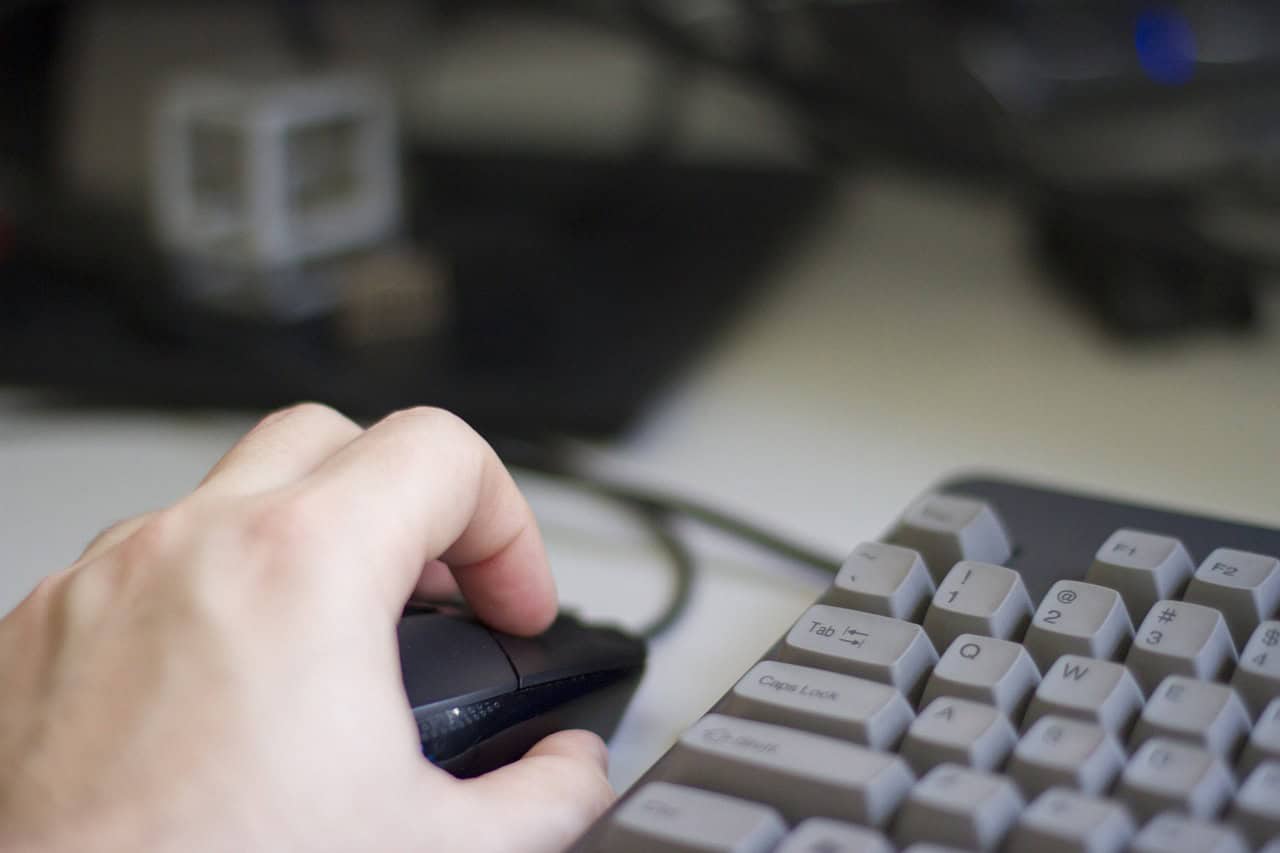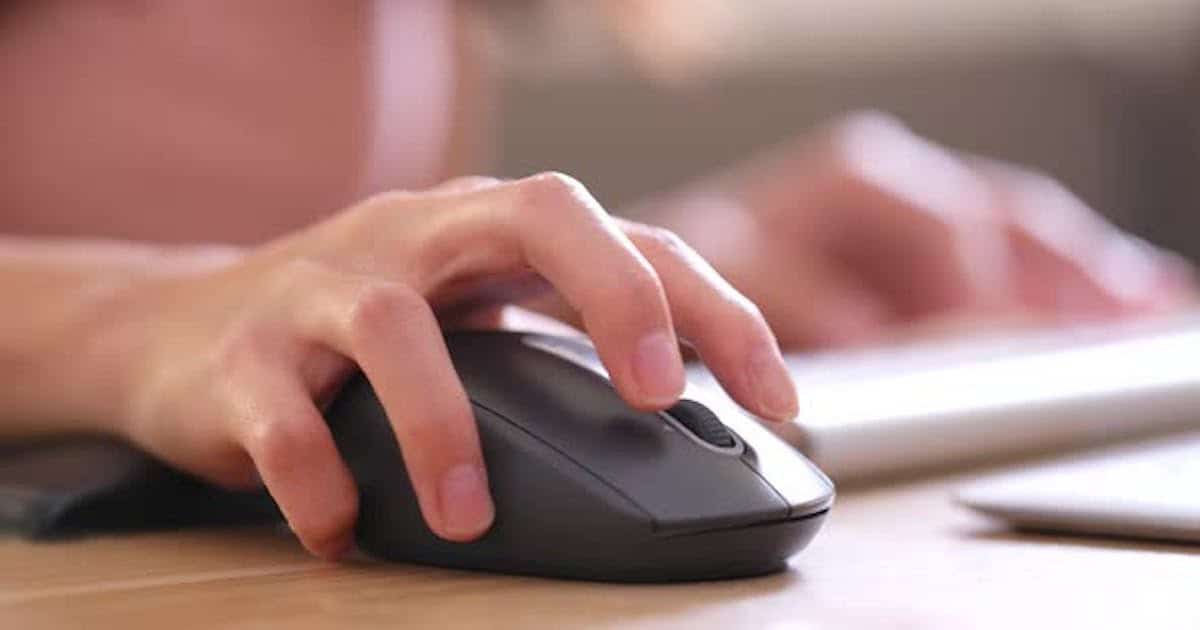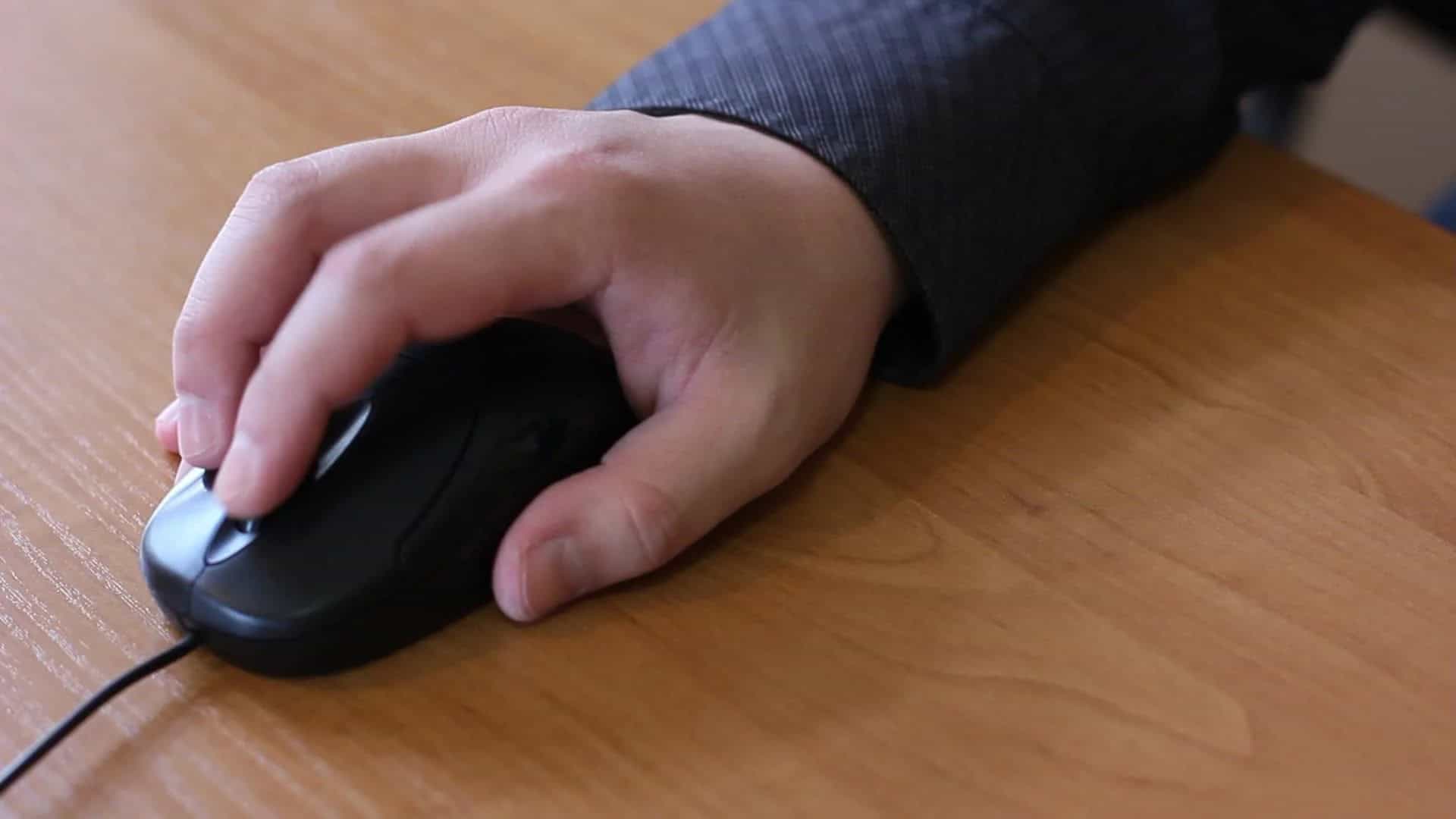Table of Contents
Setting up your keyboard and mouse is a crucial part of creating an efficient and comfortable workspace. Whether you are using a desktop computer or a laptop, this guide will help you through the process of connecting and configuring your input devices for optimal use.
Step 1: Unbox and Inspect Your Devices

The first step is to carefully unbox your keyboard and mouse. Inspect the devices to ensure there is no damage and that all necessary components are present. For wireless devices, this includes checking for USB receivers, batteries, or charging cables. If you notice any issues, contact the manufacturer for support.
Step 2: Connecting Your Keyboard and Mouse

Wired Devices
For wired keyboards and mice, the setup is straightforward:
- Plug the USB connectors into available USB ports on your computer.
- Most modern operating systems will automatically recognize the devices and install the necessary drivers.
Wireless Devices
For wireless devices, the process involves a few more steps:
- Insert the batteries into your keyboard and mouse, if required.
- Connect the USB receiver to a USB port on your computer.
- Turn on the devices using the power switches, typically located on the underside.
- Wait for your computer to recognize and install the devices.
If your devices use Bluetooth:
- Ensure that Bluetooth is enabled on your computer.
- Put your keyboard and mouse into pairing mode (refer to the user manual for specific instructions).
- Go to the Bluetooth settings on your computer, find the devices, and pair them.
Step 3: Install Necessary Software and Drivers

To fully utilize the features of your keyboard and mouse, it’s important to install any additional software or drivers provided by the manufacturer. Visit the manufacturer’s website to download the latest versions. This software can offer enhanced functionality such as customizing button assignments, adjusting sensitivity, and creating profiles for different applications.
Step 4: Configuring Keyboard Settings

Once connected, you can customize your keyboard settings to suit your preferences:
Windows
- Navigate to Settings > Devices > Typing.
- Adjust settings such as key repeat delay, cursor blink rate, and other typing preferences.
macOS
- Go to System Preferences > Keyboard.
- Modify options such as key repeat speed, delay until repeat, and other keyboard settings.
Step 5: Customizing Mouse Settings

Similarly, your mouse settings can be tailored for better control and comfort:
Windows
- Navigate to Settings > Devices > Mouse.
- Adjust options like pointer speed, scrolling behavior, and primary button configuration.
macOS
- Go to System Preferences > Mouse.
- Customize settings such as tracking speed, scroll direction, and button configuration.
Step 6: Ergonomic Placement

Proper placement of your keyboard and mouse is essential to prevent strain and promote comfort. Place your keyboard so that your wrists are straight and your hands are at or slightly below elbow level. A keyboard tray can help achieve the correct height.
For your mouse, position it close to your keyboard to avoid overreaching. Ensure your forearm is supported and your wrist remains straight while using the mouse.
Step 7: Testing and Adjusting

After setting up your keyboard and mouse, spend some time using them to ensure everything feels comfortable and responsive. If needed, make further adjustments to the positioning, angle, or settings of your devices. Regular testing and adjustments can help maintain an ergonomic and efficient workspace.
Final Note
By following these steps, you can ensure that your keyboard and mouse are set up correctly, enhancing your comfort and productivity. Regularly reassess your setup and make adjustments as necessary to maintain an ergonomic and efficient workspace.
